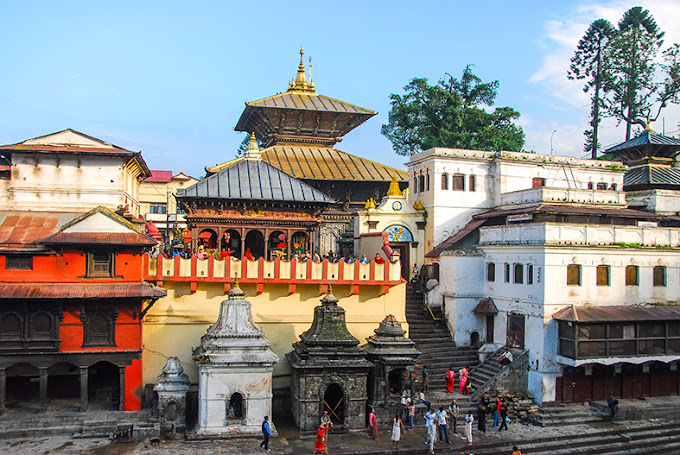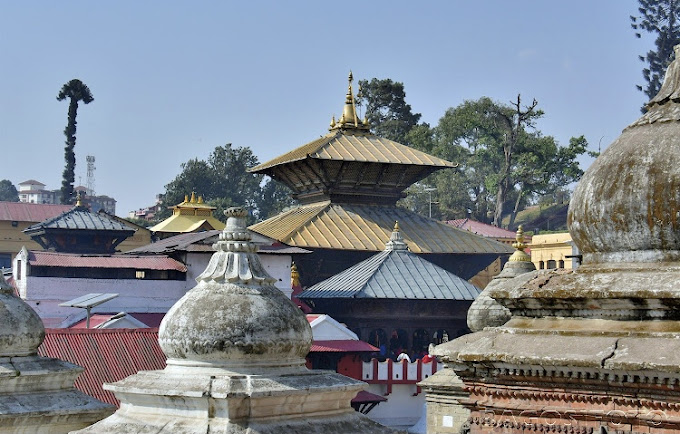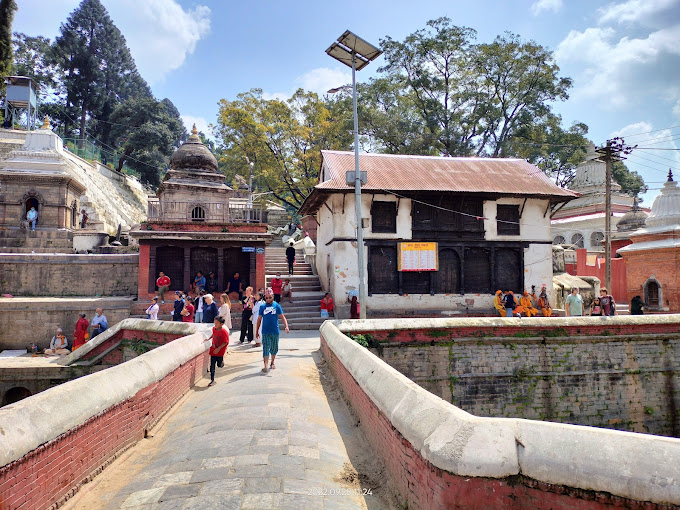Pashupatinath Temple, situated along the Bagmati River in Kathmandu, Nepal, is a major Hindu shrine dedicated to Lord Shiva. A UNESCO World Heritage Site, it attracts millions annually and dates back to 400 A.D., showcasing its ancient and revered status

Pashupatinath Temple, located on the banks of the Bagmati River in Kathmandu, Nepal, is one of the most sacred Hindu temples dedicated to Lord Shiva. As a UNESCO World Heritage Site, it holds immense religious and cultural significance, attracting millions of pilgrims and visitors each year. The temple's origins date back to 400 A.D., making it one of the oldest and most revered temples in Nepal.
The main temple is a stunning example of Nepalese pagoda architecture, with its intricately carved wooden rafters and gilded roof. Pashupatinath is not only a spiritual center but also a vital part of Nepal’s cultural heritage, playing a key role in the lives of many Nepalis. The temple complex is expansive, featuring numerous shrines, ashrams, and statues, creating a peaceful yet vibrant atmosphere.
Pashupatinath Temple is particularly significant during the festival of Maha Shivaratri, when thousands of devotees gather to honor Lord Shiva through prayers, offerings, and rituals. The temple is also a prominent site for the sacred rites of cremation along the banks of the Bagmati River, as it is believed that those who are cremated here attain moksha, or liberation from the cycle of rebirth.
Features: Temple tank: Bagmati River
Temple tree: Ancient Banyan Tree
Deity: Shiva (as Pashupati)
Festivals: Maha Shivaratri, Teej
Temple Opening Hours : Monday to Sunday 10 am–5 pm
Address: Pashupati Nath Road, Kathmandu 44600, Nepal
Geographic coordinates: 27°42′35″N 85°20′55″E


